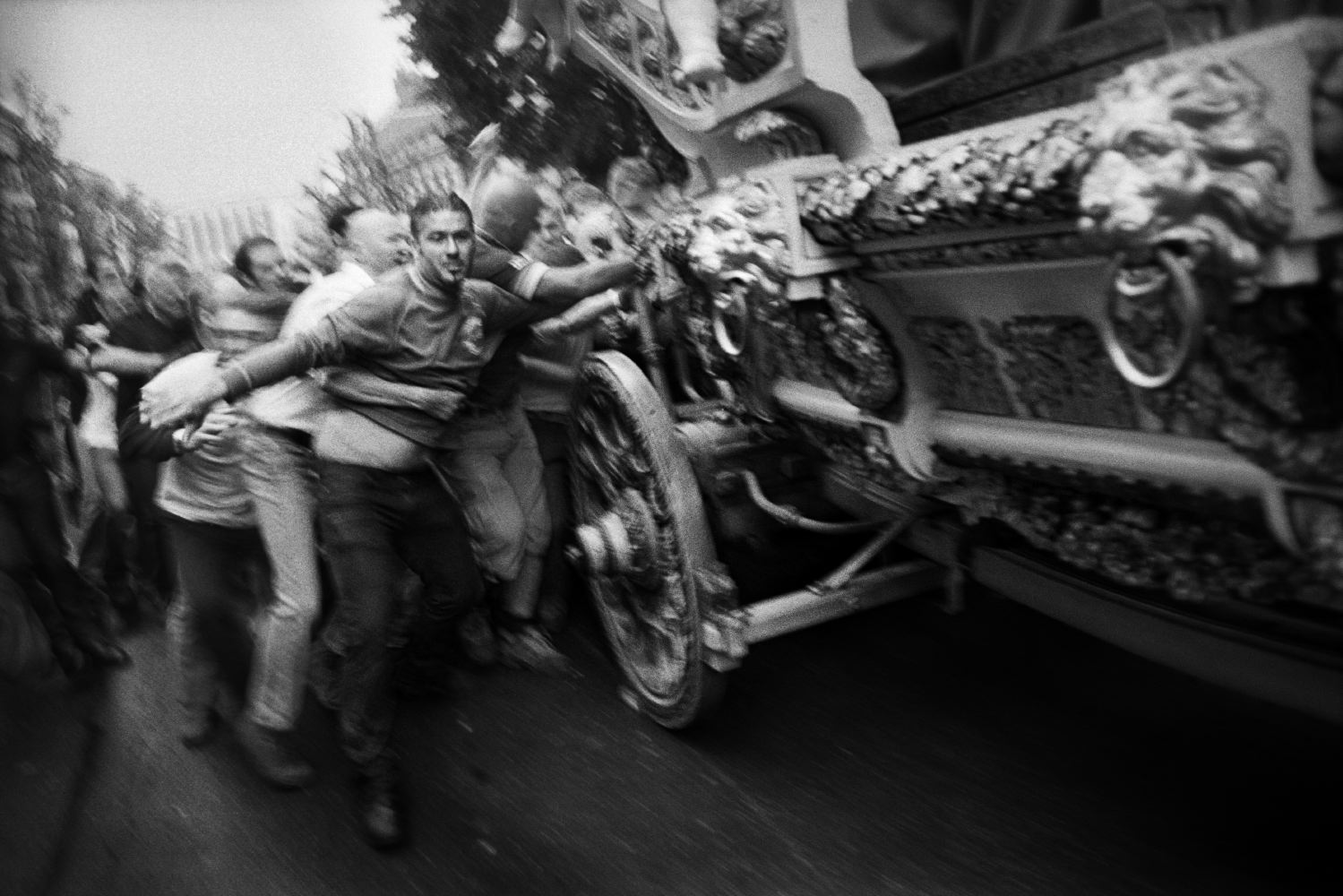
Photographer Cédric Gerbehaye has spent the past nine years working on long-term documentary projects, often in underreported regions including South Sudan and Democratic Republic of Congo (DRC). A project in the latter country, which opened Gerbehaye’s eyes to the long and conflicted relationship the DRC has with its former colonial occupier, eventually led him to turn his lens back home, to Belgium.
In June 2010, Gerbehaye’s own country fell into turmoil and transition when the two leading political parties in the country – the New Flemish Alliance and the Socialist Party – were unable to reach a consensus on a coalition to form a new government. Belgium broke the record for being a nation without a government for a consecutive period of time, clocking in at 541 days before a new Prime Minister was appointed in December 2011. It was a period of immense political and social tension for the people of Belgium—a country comprised mainly of two distinct cultural groups.
“The idea of a separation of the country was more present than ever,” Gerbehaye said. “Belgium is a state assembling two people which initially have nothing in common—they speak different languages, they do not have the same economy and vote in opposite ways.”
The Flemish-speaking north and French-speaking south largely keep to their separate sides, differentiated by a linguistic border that slices the country from east to west.
Seeing the issues he had spent so many years exploring abroad bubble to the surface at home, Gerbehaye set out to document these two communities and the friction that is created from people who separate themselves as distinct groups that gather together under the same flag. The resulting series — simply titled Belgium — digs into the tensions inherent in the mixing of these communities and to the new identities that emerge from such co-mingling. The first chapter of the work, which was completed during this spring and summer, was produced for the International Festival Photoreporter in Saint Brieuc and will be on view from Oct. 19 to Nov. 11.
Weaving together images of workers on the brink of losing their jobs with countrymen engaged in religious traditions, Gerbehaye sought to convey the social and political dynamics within the small nation’s borders. But Belgium also serves as an exploration of physical space, and the photographer zig-zagged the country in order to document steelworkers in the French-speaking region and fishermen in the Flemish-speaking north. For work grappling with what it means to be Belgian, viewing the country from its outer limits was key. “For the fishermen, it was a way of speaking of a job that is disappearing now, but it’s also a way to give some limits to the work, to give a border,” Gerbehaye said. “They are in the sea, at the border of the country, on the coast of the country.”
Gerbehaye does not attempt to make a definitive comparison of his country’s two linguistic regions. Rather, he seeks through his photos of Catholic devotees, night revelers, and farmers — ordinary Belgians living their everyday lives — to create a “partial and personal inventory of the human territory.”
Cédric Gerbehaye is a photographer with VU. LightBox previously featured Gerbehaye’s photographs of Birth and Death in Sudan.

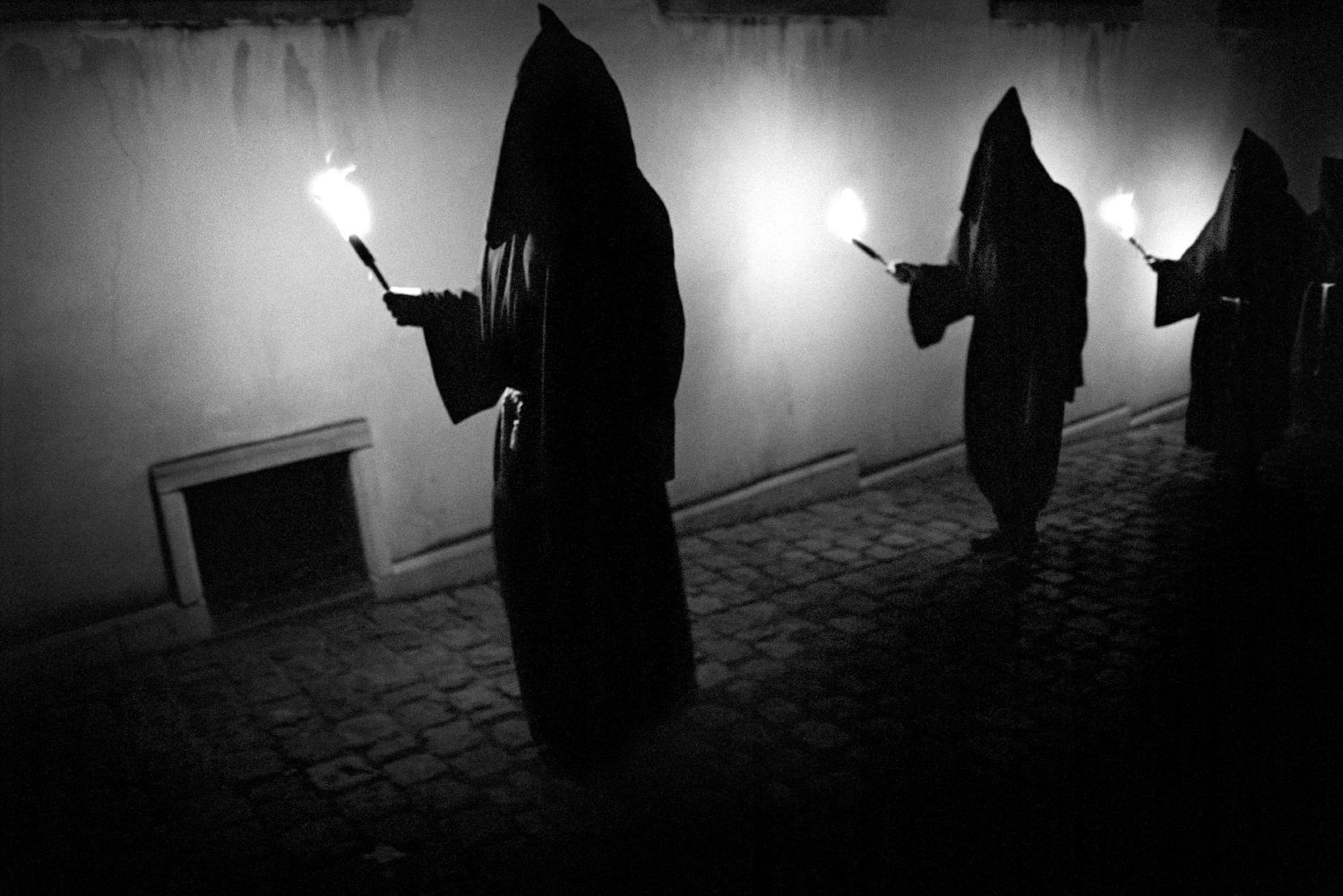
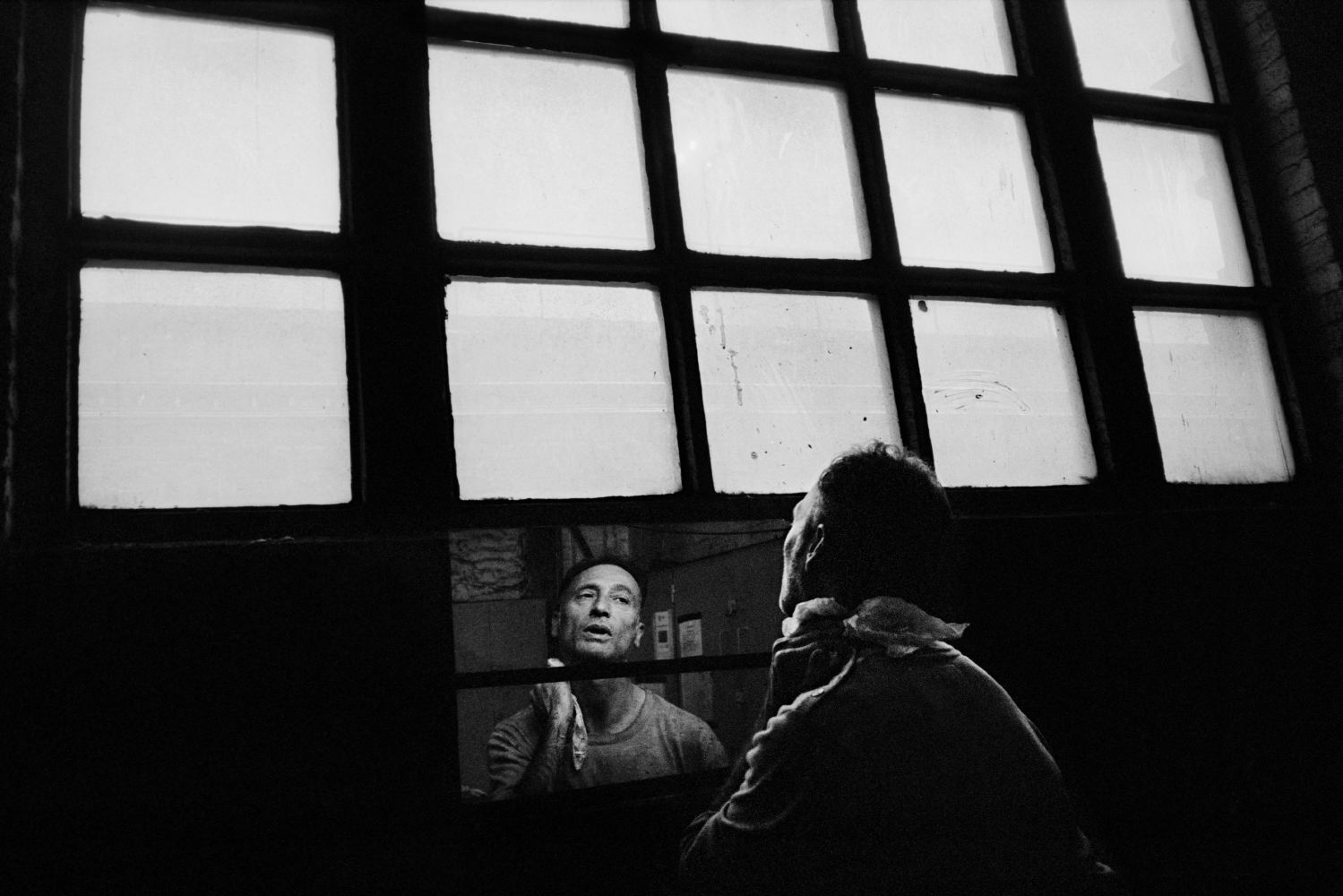
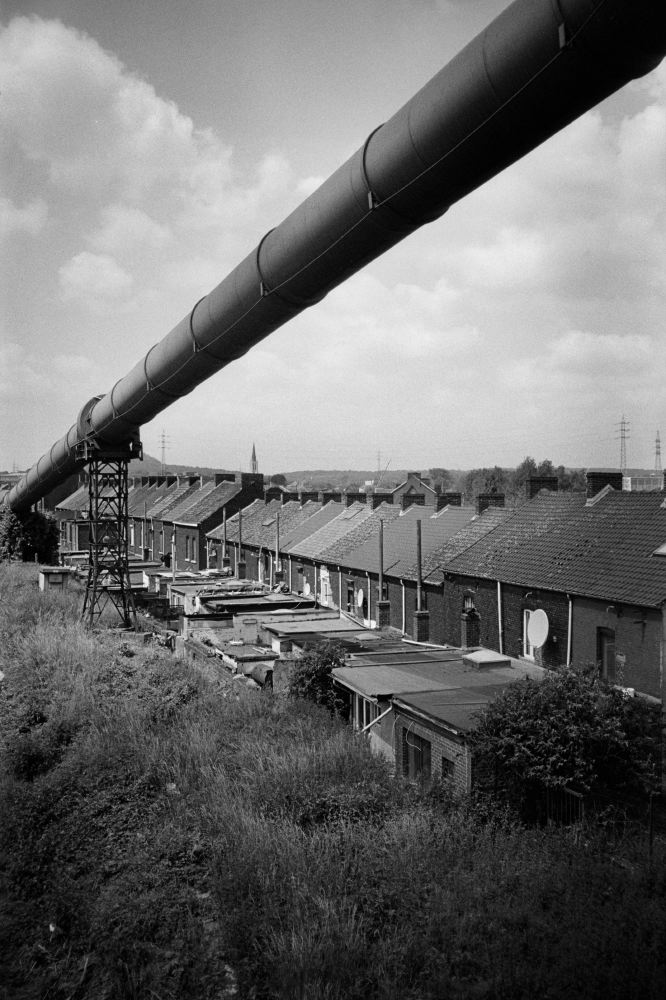


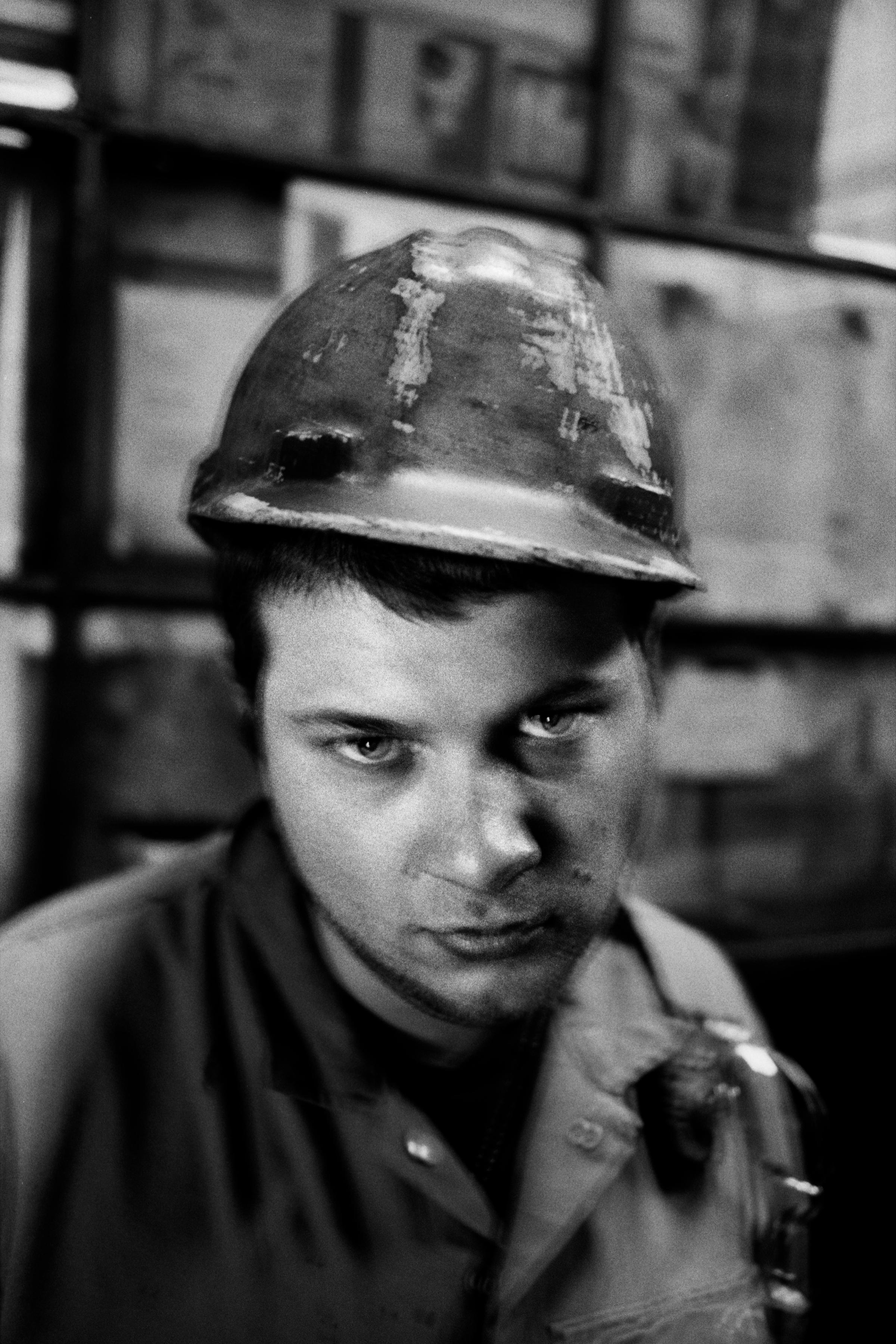
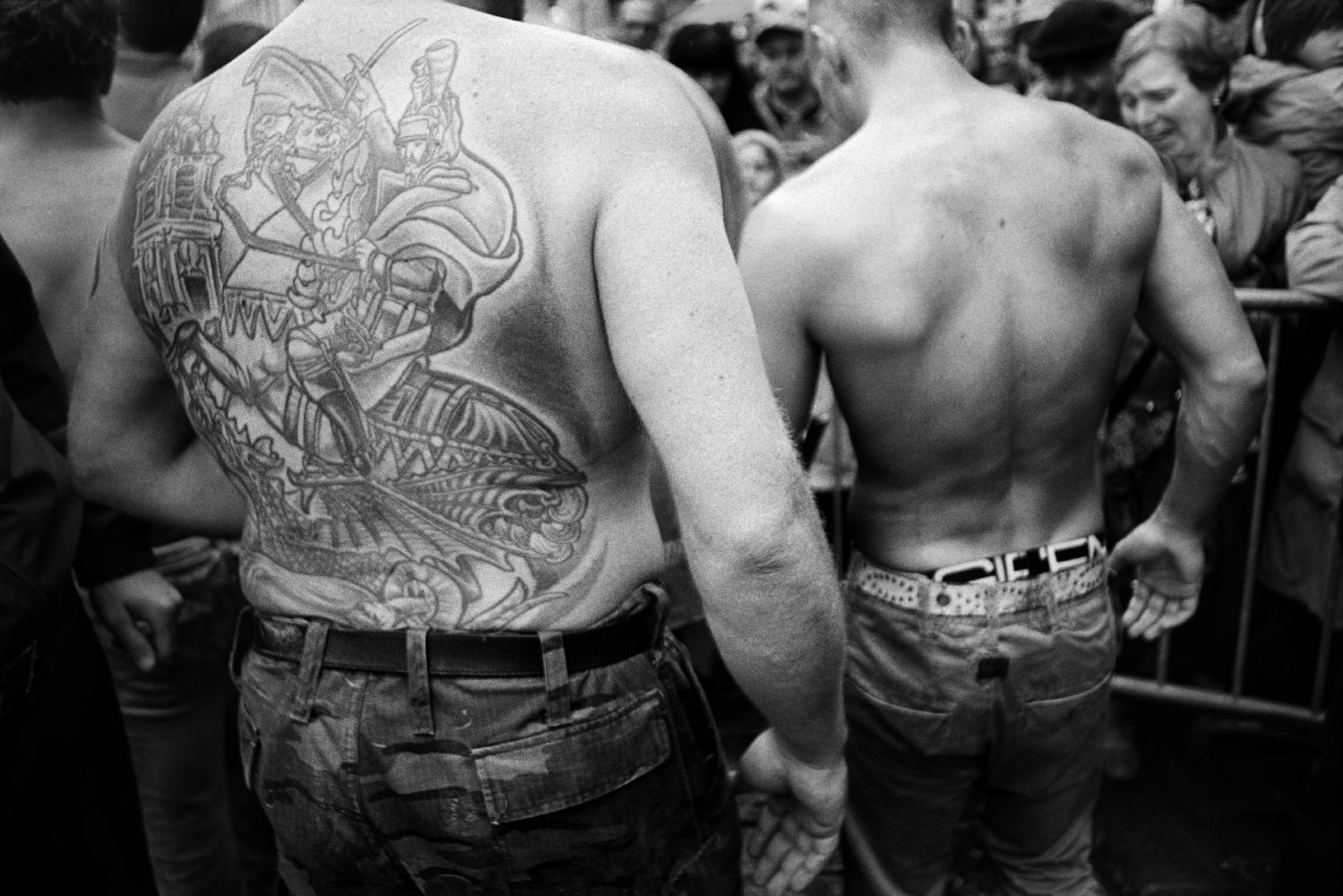

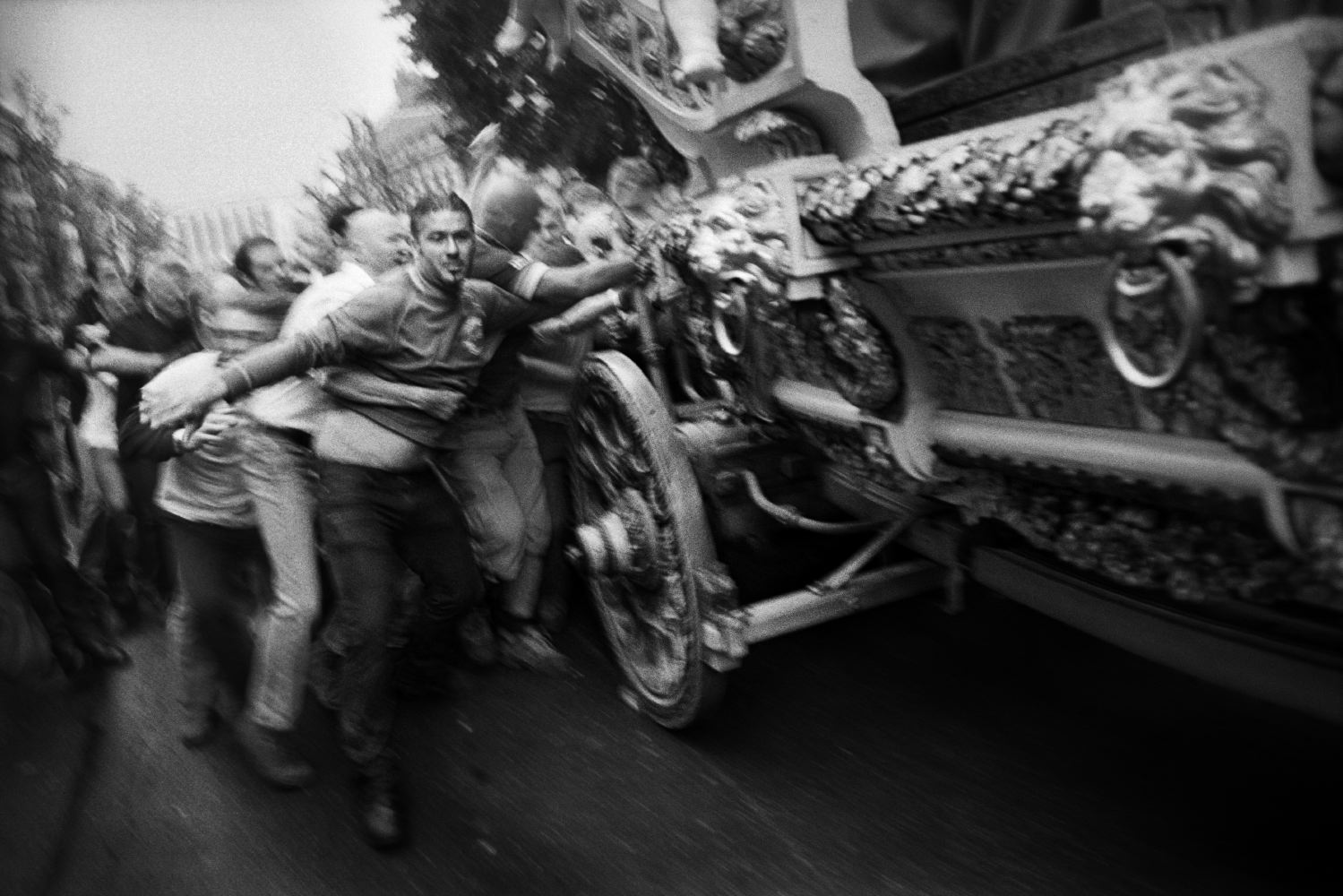
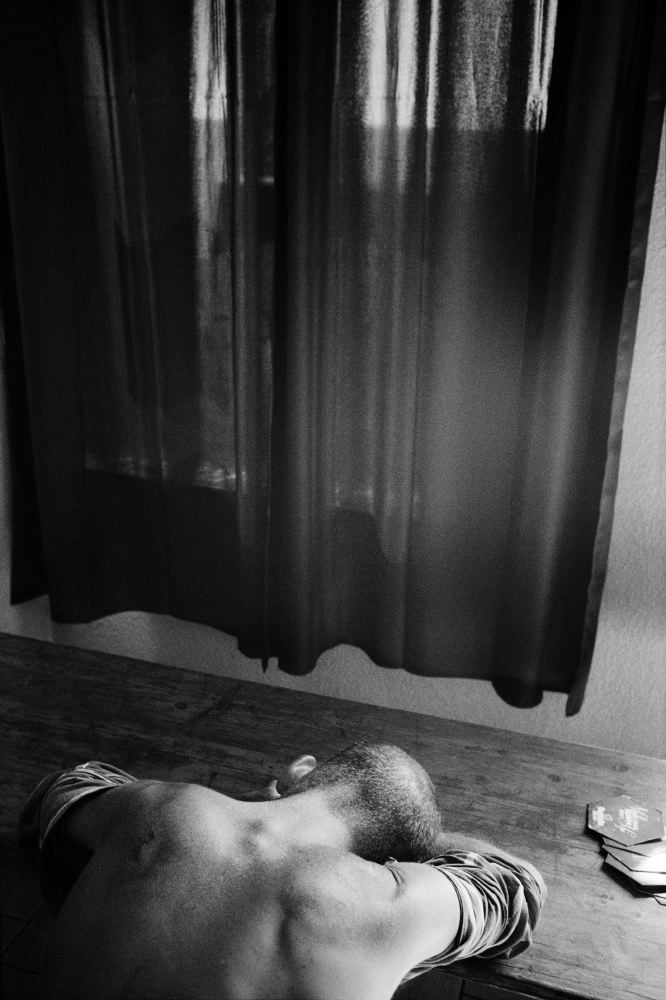
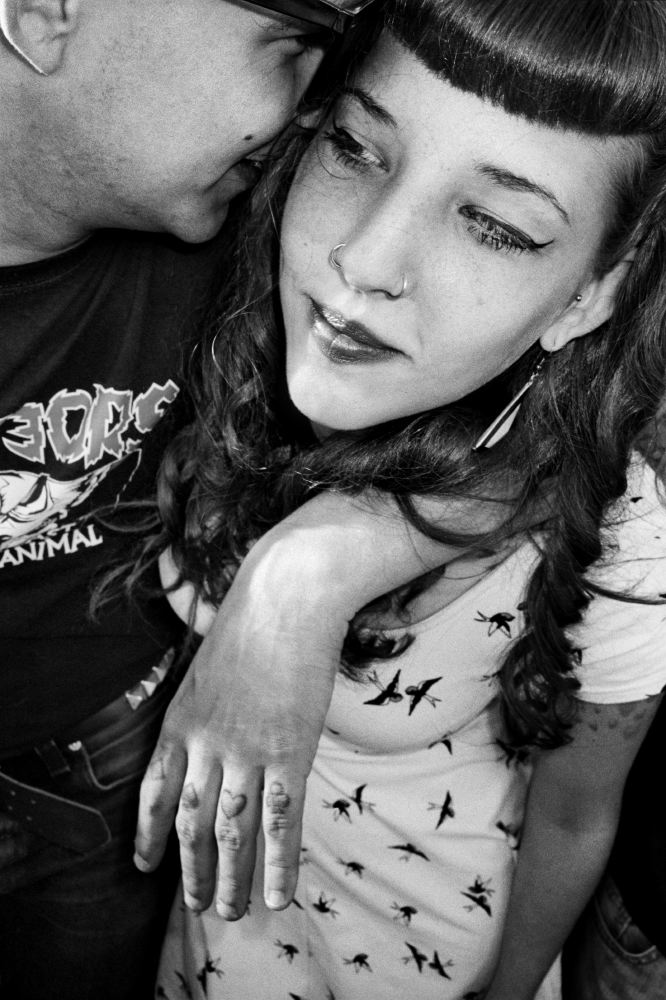
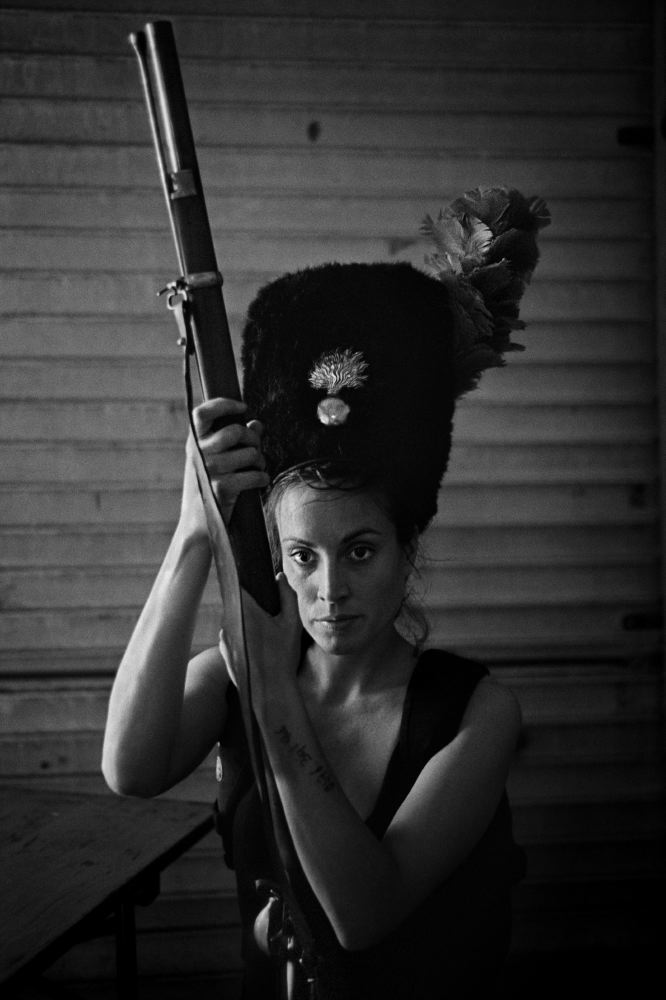

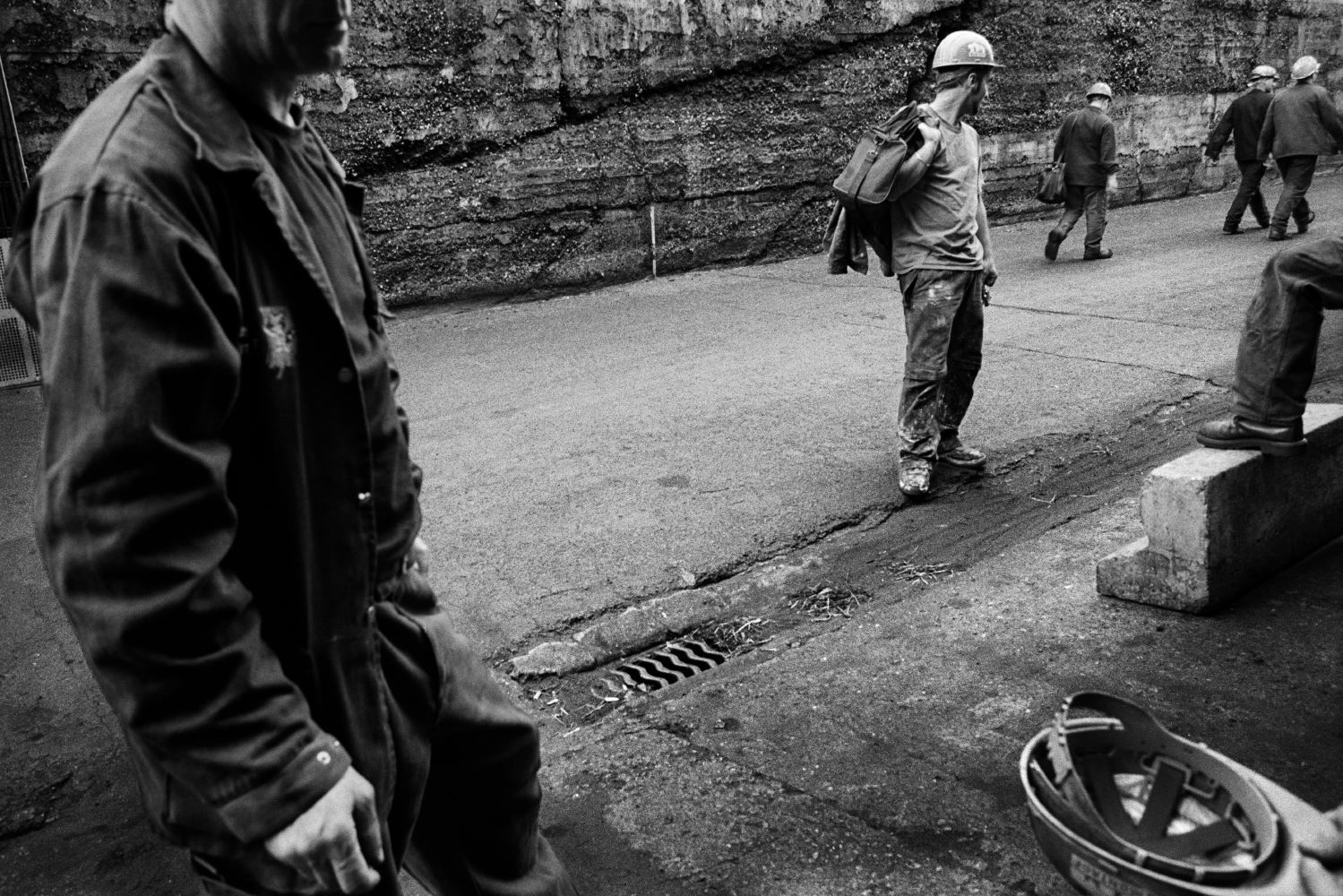
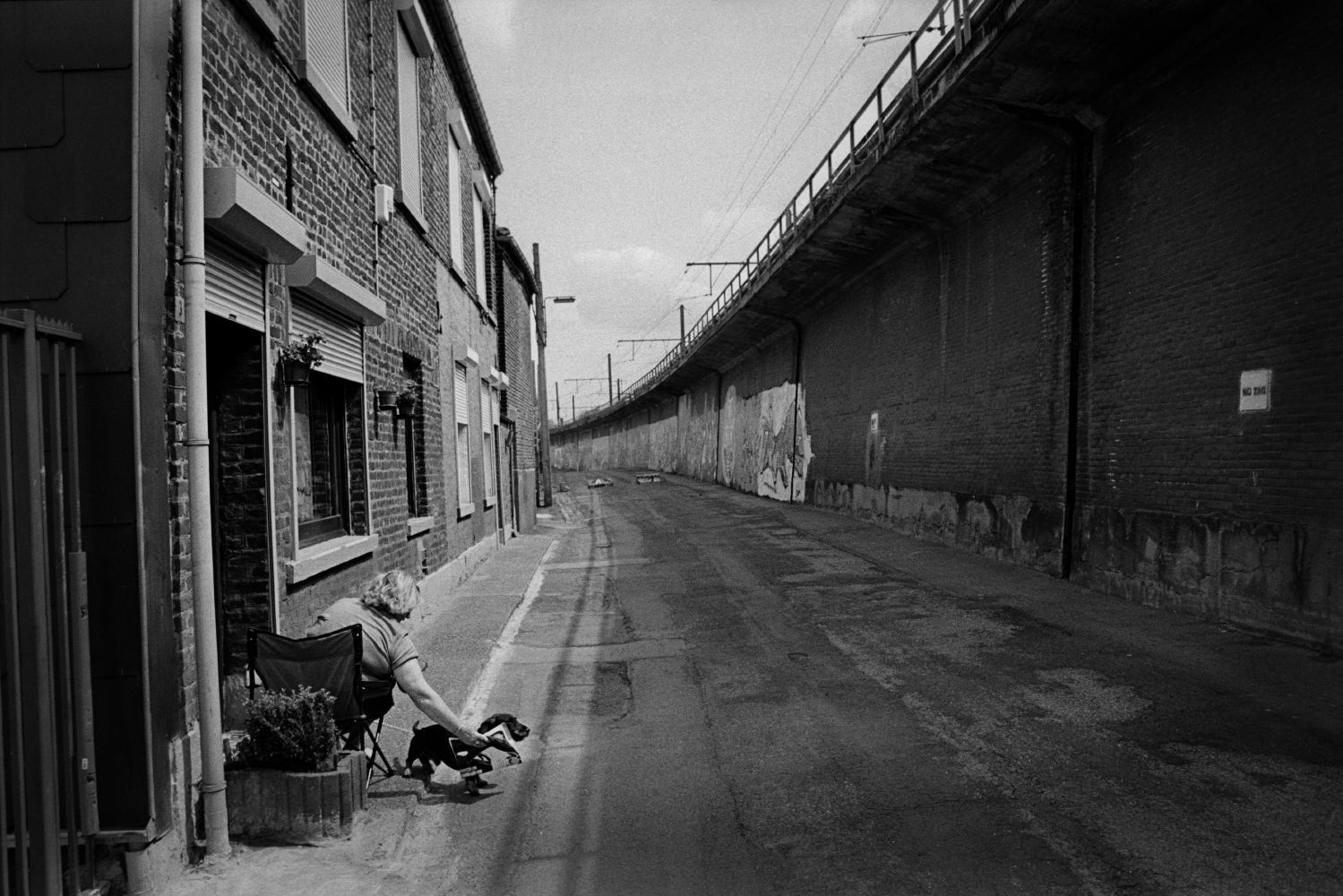
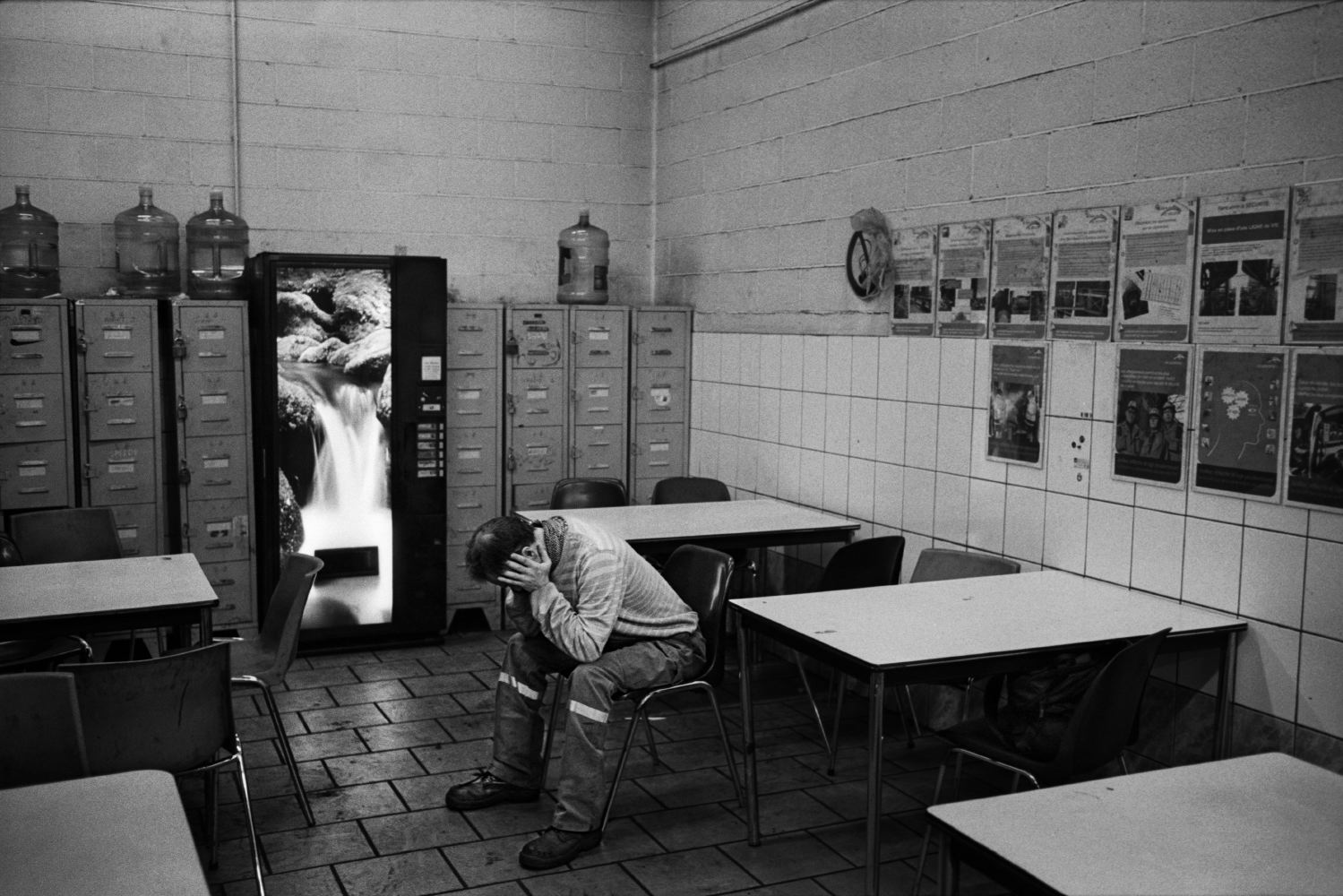
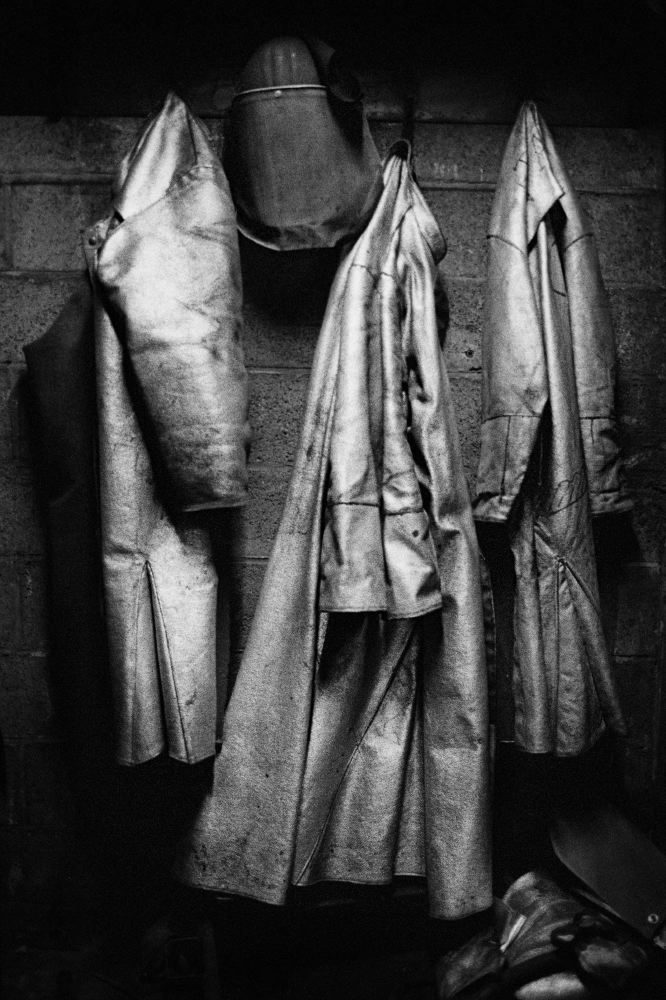
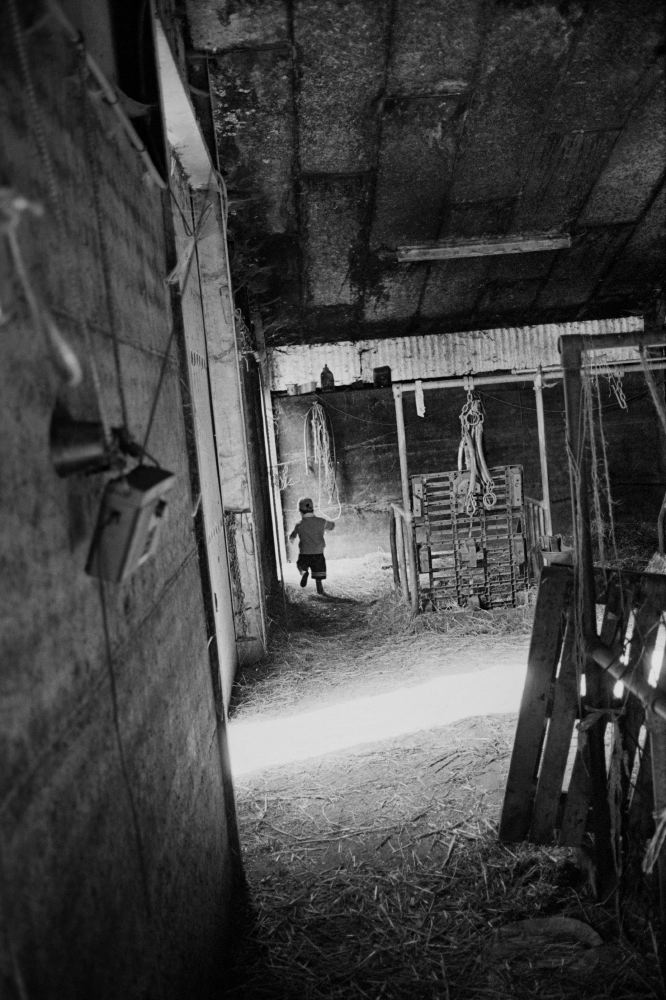
More Must-Reads From TIME
- The 100 Most Influential People of 2024
- The Revolution of Yulia Navalnaya
- 6 Compliments That Land Every Time
- What's the Deal With the Bitcoin Halving?
- If You're Dating Right Now , You're Brave: Column
- The AI That Could Heal a Divided Internet
- Fallout Is a Brilliant Model for the Future of Video Game Adaptations
- Want Weekly Recs on What to Watch, Read, and More? Sign Up for Worth Your Time
Contact us at letters@time.com